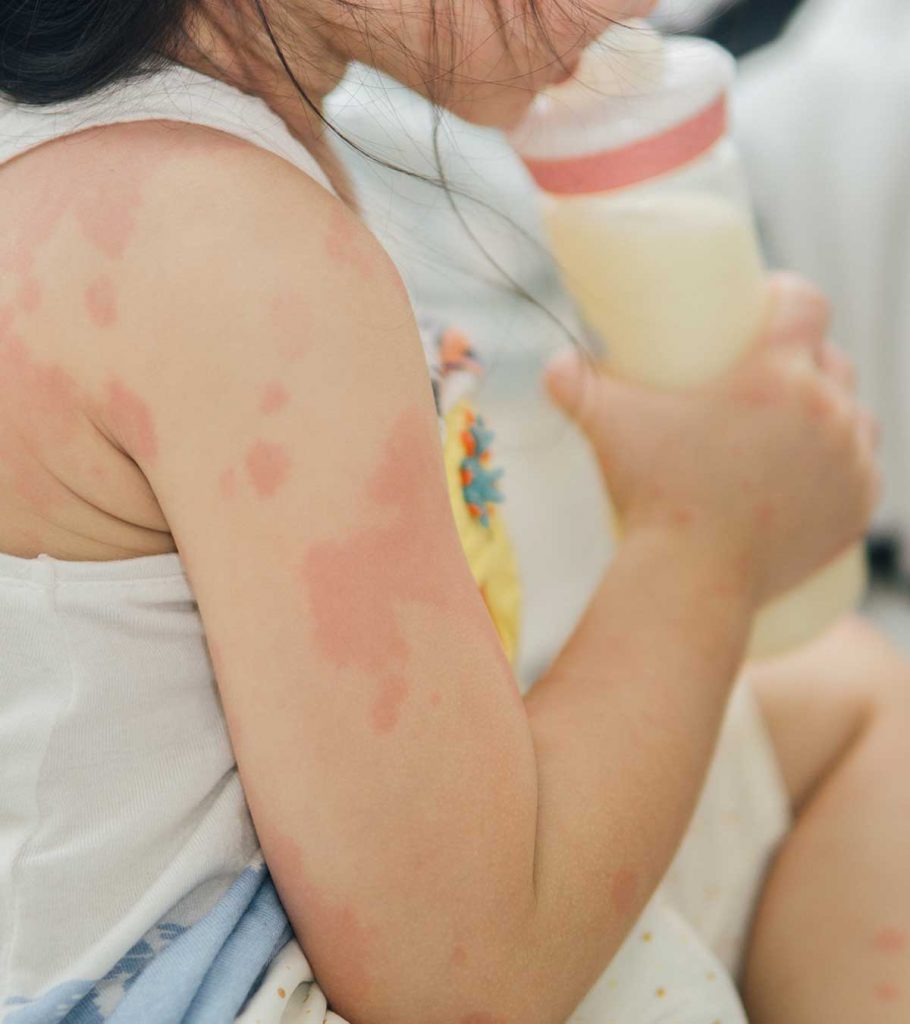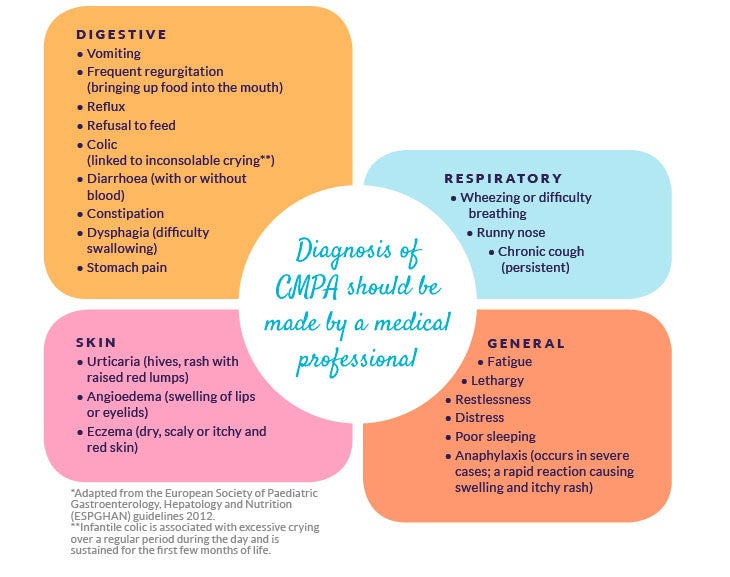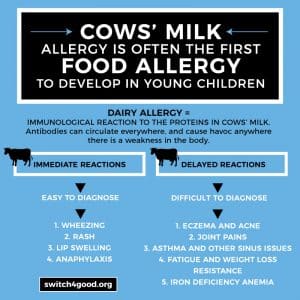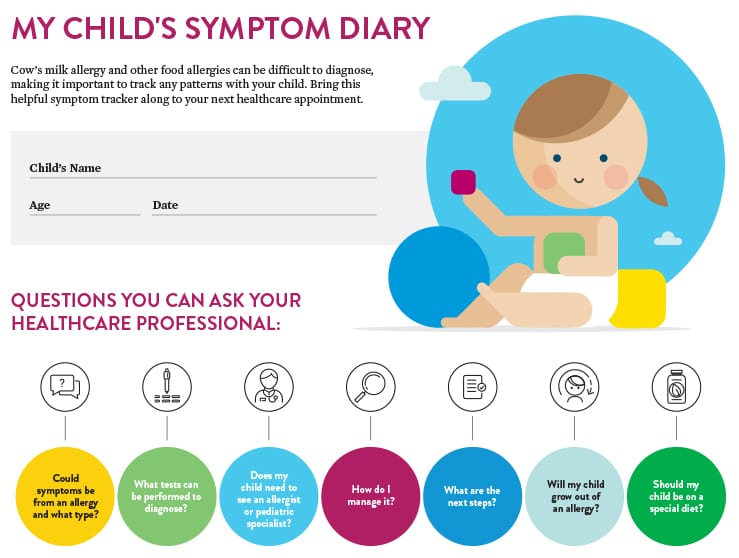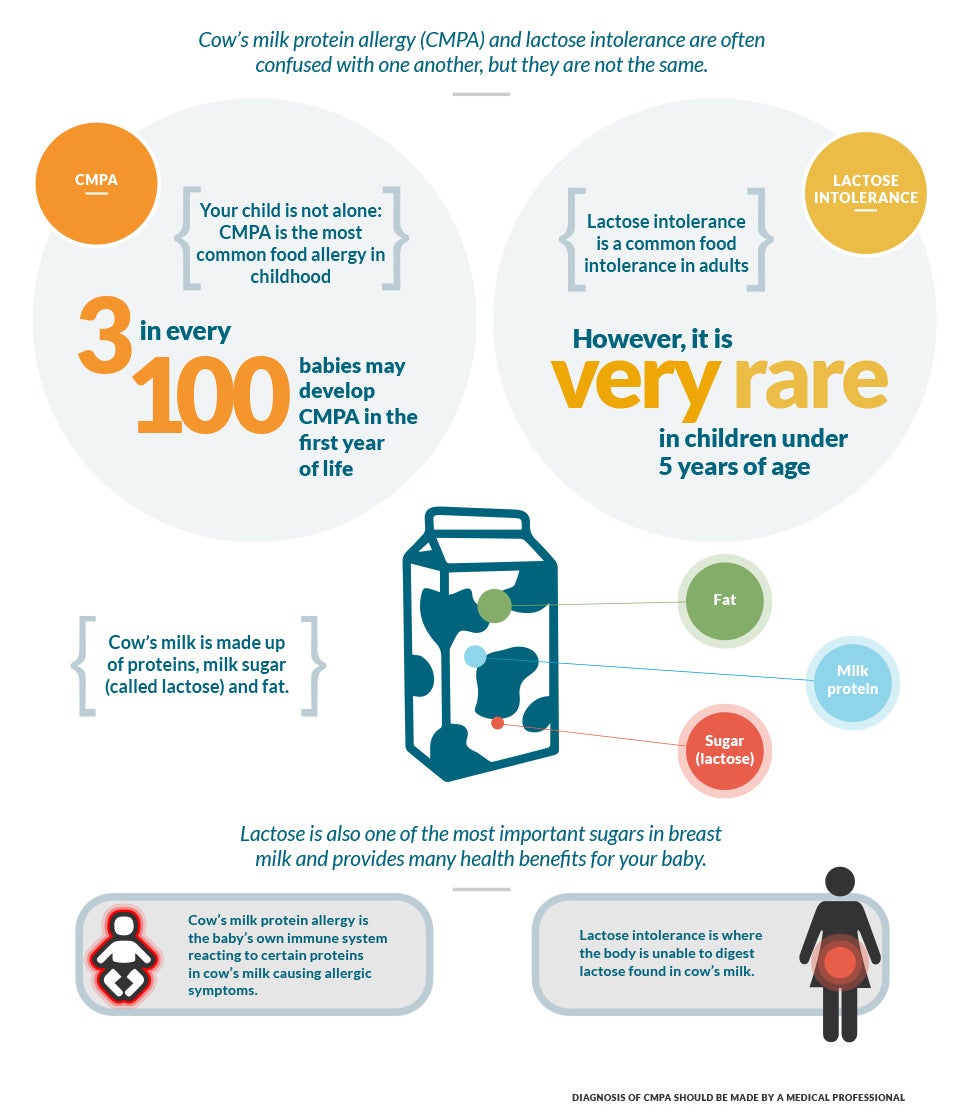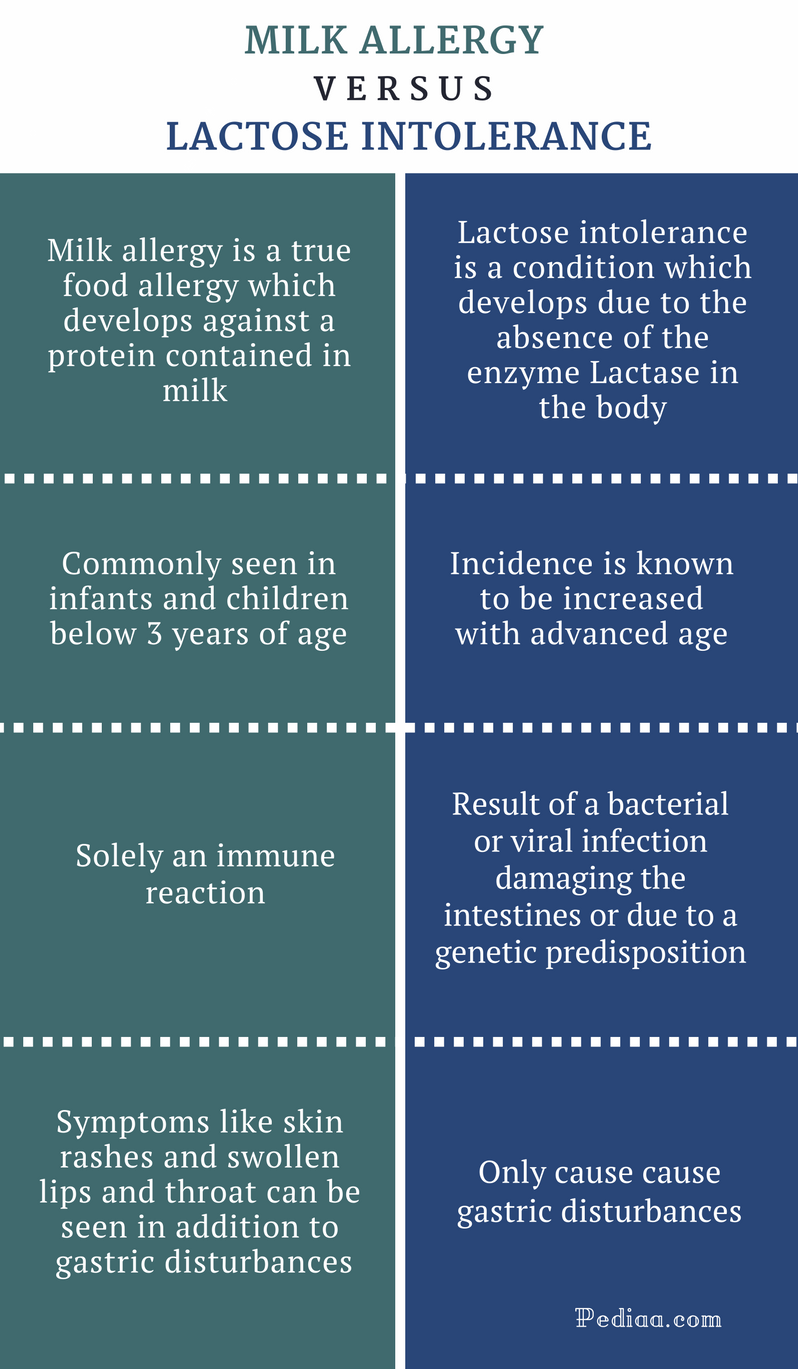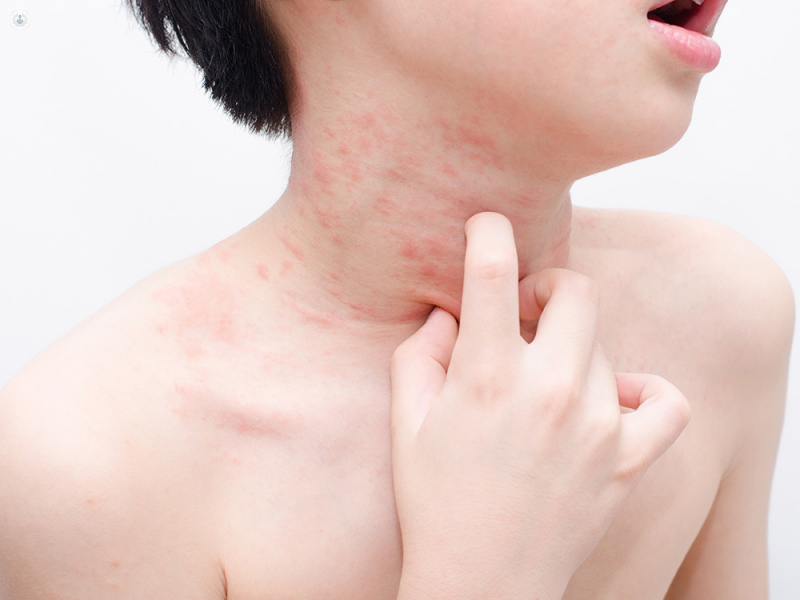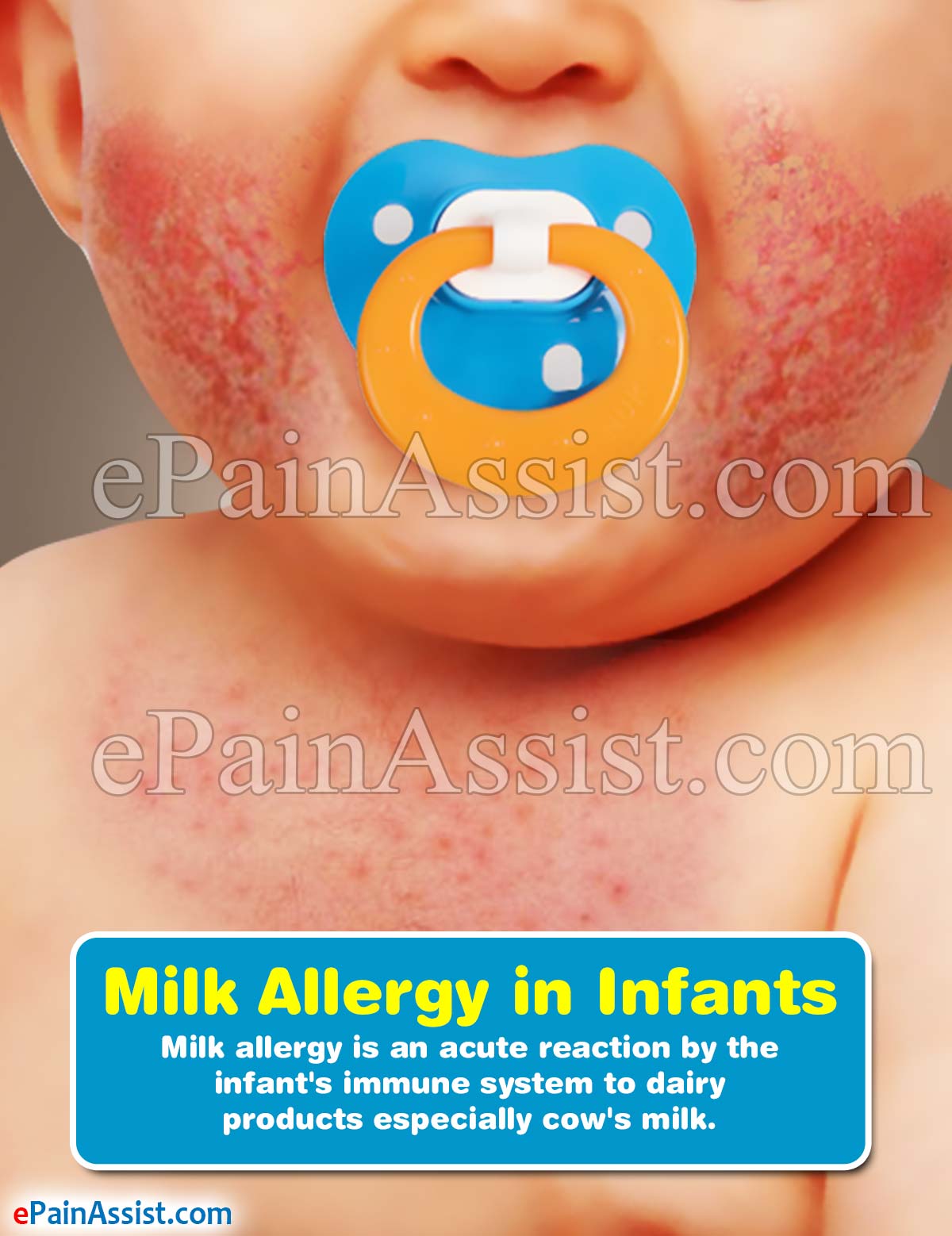Looking Good Tips About How To Diagnose Milk Allergy

How is a dairy allergy diagnosed?
How to diagnose milk allergy. A diagnosis of milk allergy is made by reviewing symptoms and going through a process of elimination to rule out other medical conditions. In this test, your skin is pricked and exposed to small amounts of the proteins found in milk. Patch tests may contribute to the diagnosis of food.
If ige is negative and symptoms improve after diet elimination, an oral challenge. If immediate (ige mediated) cow’s milk allergy is suspected your gp is likely to arrange a referral to a children’s specialist allergy service for allergy testing and further management. A dairy or milk allergy reaction can be immediate or occur up to three days after consuming dairy.
Patch testing in the investigation of cmpa is still a subject of on‐going research and can aid the diagnosis of non‐ige‐associated reactions. They will also ask a variety of questions about the. In a milk tolerance test, you'll be given a glass of milk (about 500ml) and your blood sugar levels will be tested.
General population — cow's milk allergy (cma) is the most common food allergy in young children, affecting approximately 2 percent of children under four years of age [ 1 ]. A doctor or allergist usually diagnoses milk allergies. Another test called an oral food challenge may be done by an allergist to diagnose a milk allergy or confirm if the allergy has been outgrown.
Diagnosis and management of cow's milk protein allergy in infants. These delayed responses make the allergy difficult to diagnose, as people. If your blood sugar levels do not rise after drinking the milk,.
There are other conditions that may be triggered. They will ask about the child’s medical history and do a skin prick test. This diagnostic diet involves eliminating the suspected food allergen (cows’ milk protein) from your child’s diet, or the breastfeeding mother’s diet.

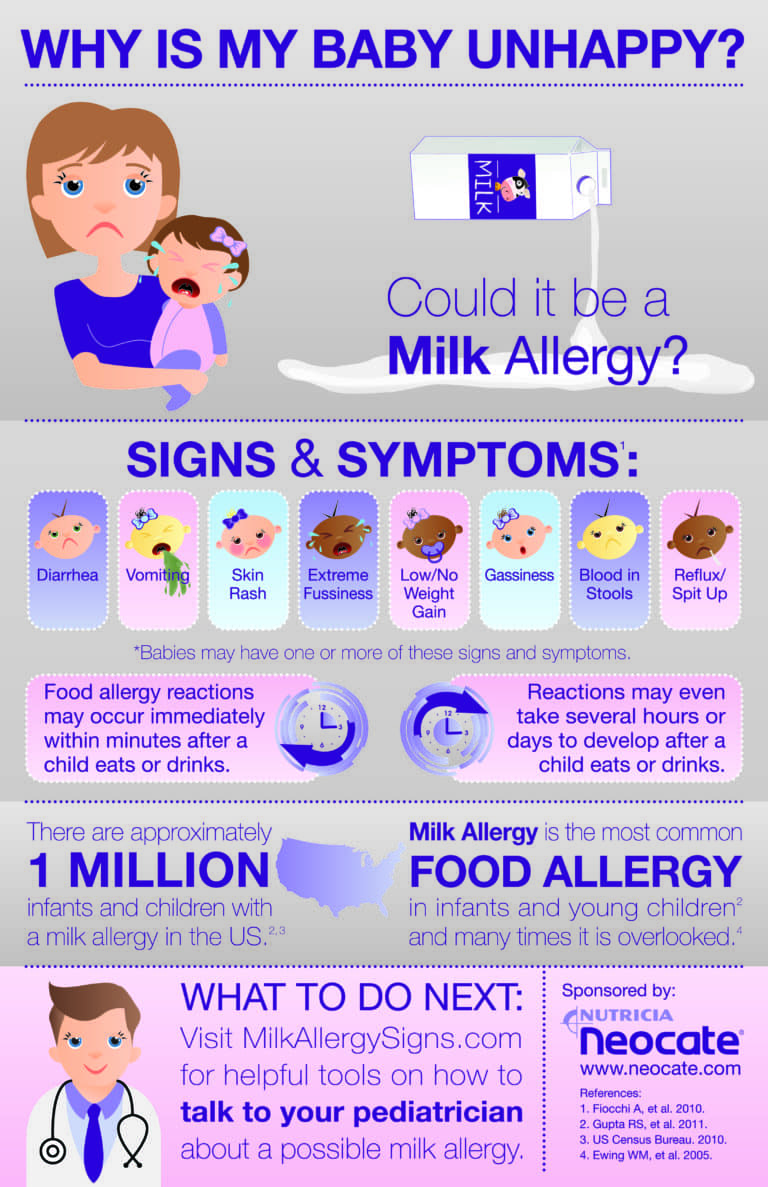
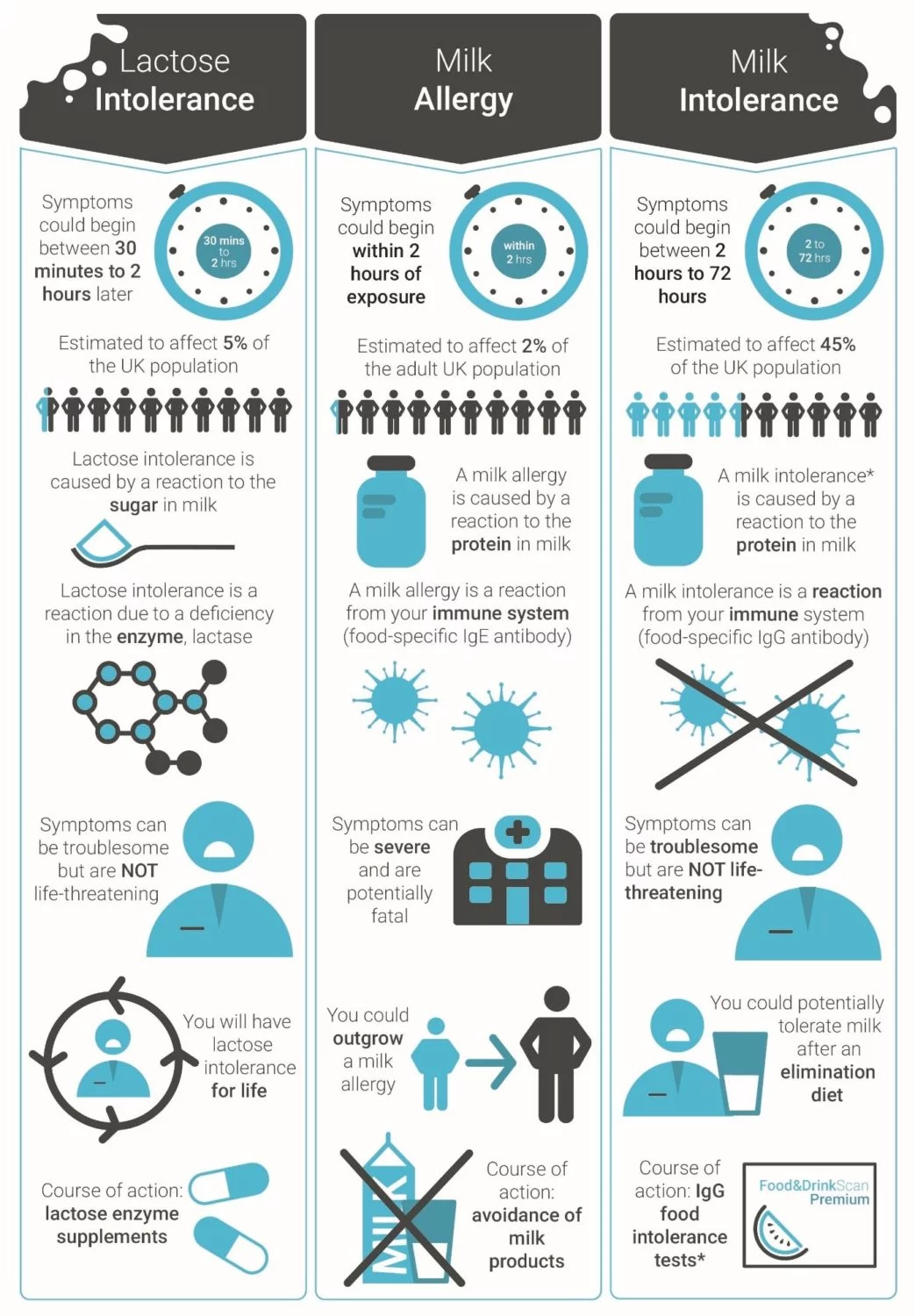


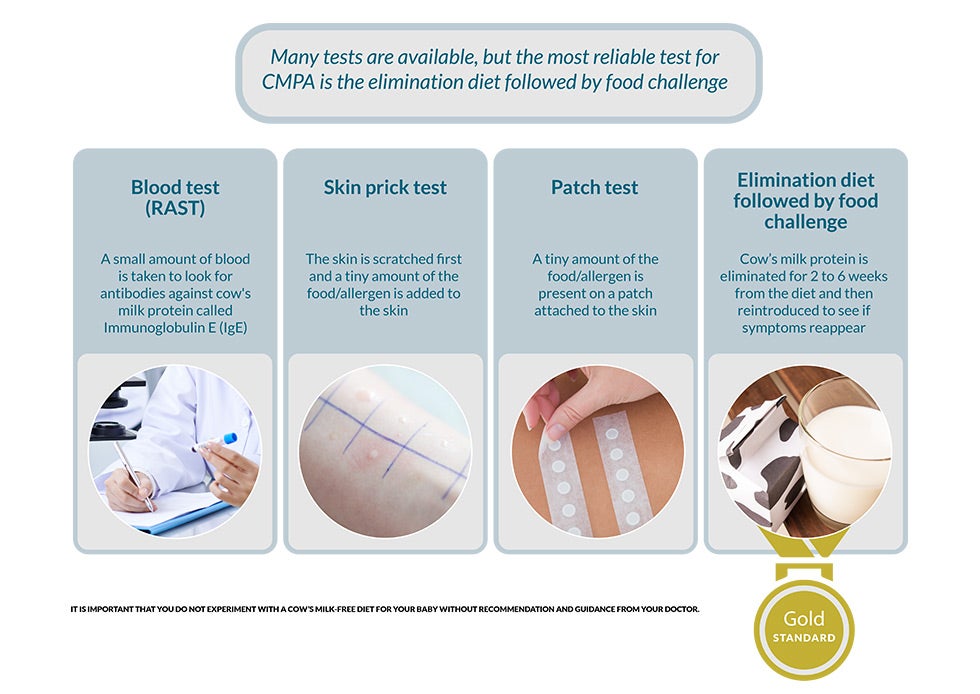

![Symptoms Of Milk Allergy [Infographic]](https://www.findatopdoc.com/var/fatd/storage/images/_aliases/infographic_main/top-videos-and-slideshows/symptoms-of-milk-allergy/4281293-1-eng-US/Symptoms-of-Milk-Allergy.png)
